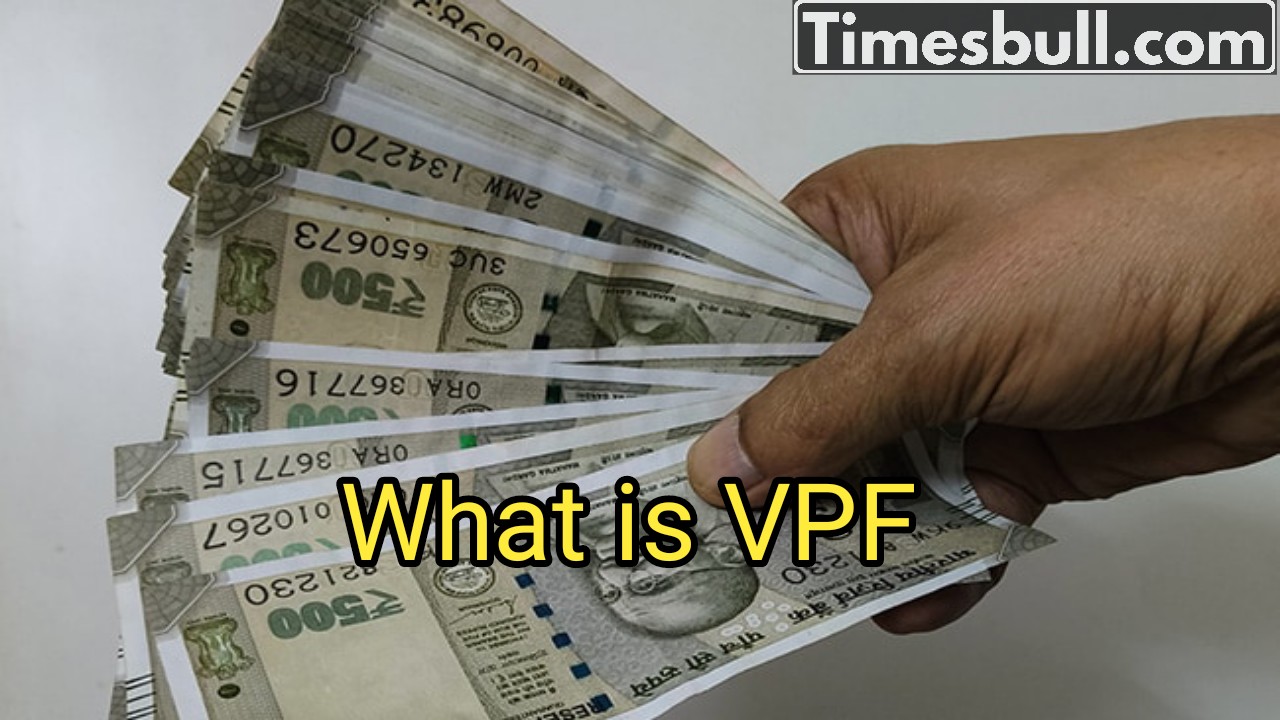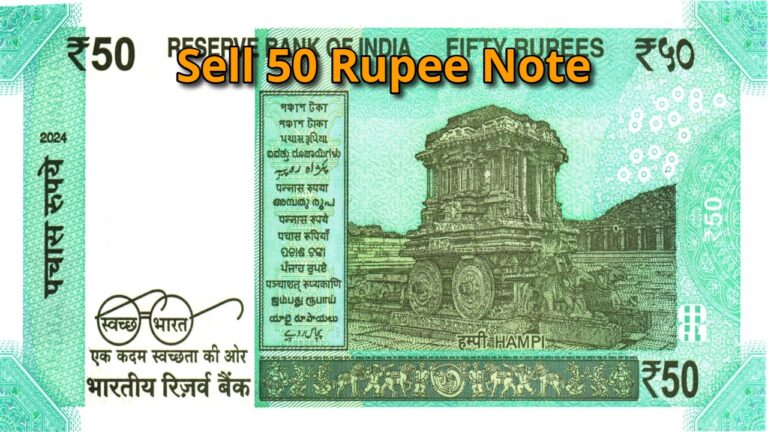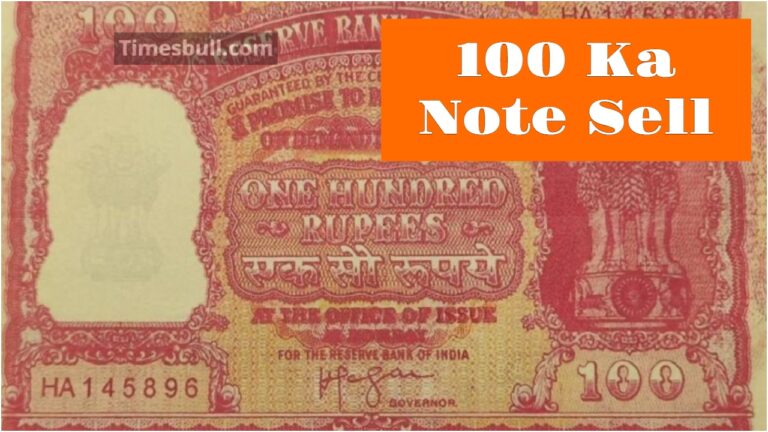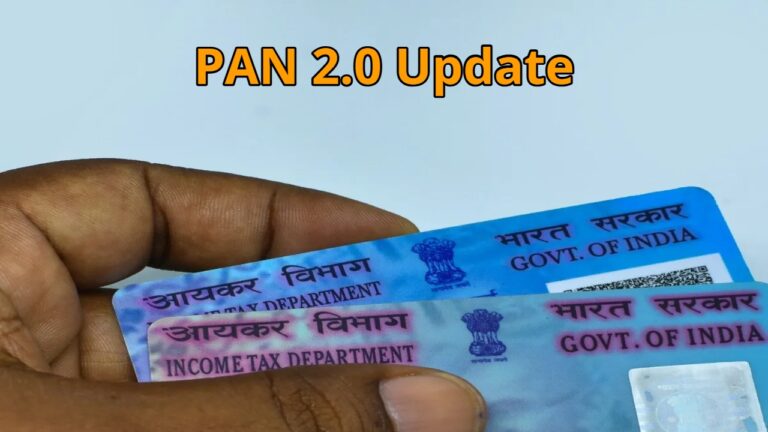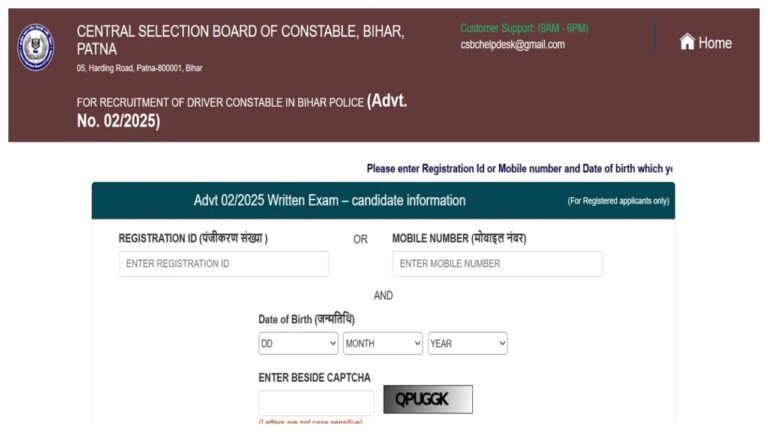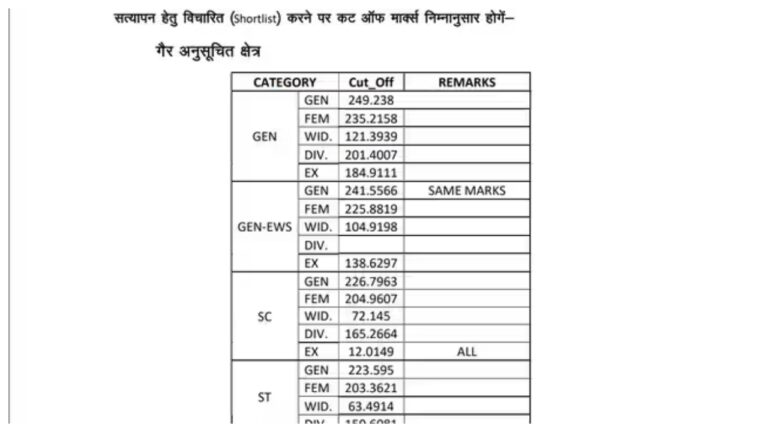Everyone knows about EPF. But do you know anything about VPF? If not, then this article is for you. Everyone wants to build a solid retirement fund to ensure a secure future and tackle significant projects. The big question is: how can you grow a substantial fund through safe investments that avoid market risks and offer income tax benefits?
Currently, only 12% of an employee’s basic salary goes into the Provident Fund (PF). While employers also contribute, they only add the remaining amount beyond the pension. With inflation on the rise, this fund might not be sufficient for Aditi to meet her major needs later on. Aditi has several investment options like PPF and fixed deposits (FD).
However, when you look at the interest rates, PF outshines these options and also offers tax exemptions. There’s a cap on how much you can invest in PF, so to reach her goal of building a larger fund, Aditi can consider putting money into the Voluntary Provident Fund (VPF) in addition to her PF contributions.
So, what exactly is VPF?
VPF stands for Voluntary Provident Fund. It’s a scheme that allows employees who are part of the Employees’ Provident Fund (EPF) to contribute more than 100% of their basic salary voluntarily.
Here are some key features of VPF:
1. It’s an extension of the EPF.
2. Employees must contribute 12% of their basic salary to the EPF.
3. There’s no employer contribution for VPF.
4. The interest rate for VPF matches that of EPF.
5. The current interest rate is 8.25%. For more details, click here.
Tax Perks
1. You can invest in a Voluntary Provident Fund (VPF) and enjoy tax benefits up to Rs 1.5 lakh under section 80C.
2. If you take out your money before 5 years, the interest earned might be subject to tax.
For private sector employees, the investment limit is Rs 2.5 lakh, while government employees can invest up to Rs 5 lakh. Any interest earned on amounts exceeding these limits will be taxable.
This means that if you invest more than Rs 2.5 lakh annually in your Provident Fund (PF) and VPF, the interest on that excess will be taxed. There’s no specific lock-in period for VPF; similar to EPF, it can be maintained until you turn 58.
Is there any risk with this plan?
1. VPF is backed by the government, making it completely safe (risk-free).
2. It offers better interest rates than bank fixed deposits and remains secure.
Drawbacks of VPF
1. If you withdraw before 5 years, the interest will be taxed.
2. Once you start contributing, you can’t stop within the same financial year.
3. You can’t separate VPF from your EPF account, so any transfers or withdrawals will occur together with EPF.
VPF Calculation
1. Aditi’s total basic salary and dearness allowance (DA) is Rs 35,000 per month. Here’s how her PF would be calculated.
2. Approximately Rs 1.5 crores. (Click to learn how PF is calculated.)
3. VPF contribution (up to the monthly, non-taxable limit)
Non-taxable limit = Rs 2.5 lakh per year
EPF + VPF = Up to Rs 2,50,000 will be tax-exempt.
EPF contribution = Rs 4,200 × 12 = Rs 50,400 (annually)
Tax-exempt VPF = Rs 2,50,000 – Rs 50,400 = Rs 1,99,600 annually.
Monthly VPF contribution = Rs 1,99,600 ÷ 12 = Rs 16,633 (maximum non-taxable).
However, Aditi is currently contributing Rs 12,500 each month to her VPF.
